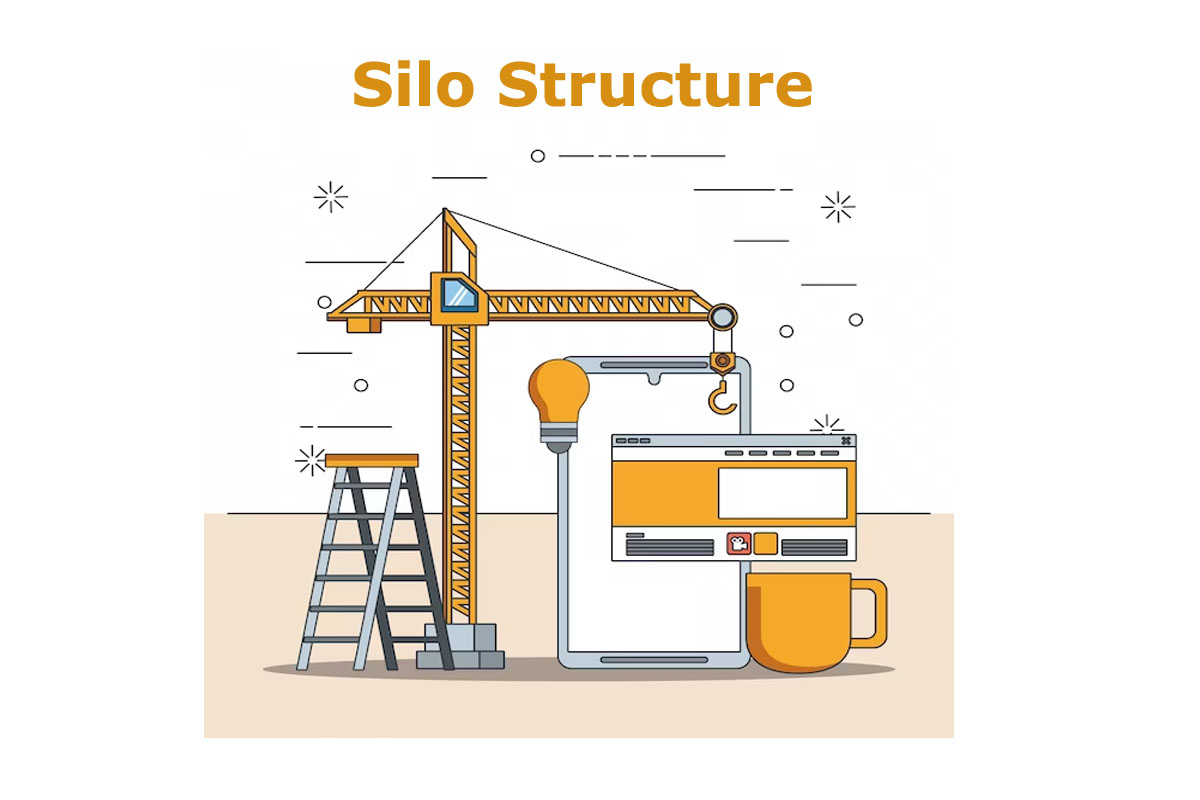Silo Structure
In the SEO context, silo structure refers to a linking strategy and website organization that will group relatable content in one place in a hierarchical manner. You need to enhance your website visibility and user experience to implement an SEO structure so that search engines and users understand your website architecture.
The website silo is compared with how silos are used in agriculture to separate and store different grains; likewise, the website with silo structure organizes its content in various categories. This ensures that each type is in the correct order yet connects the information in a flow. There will not be any cleavage. Let us see how silo structure works in-depth.
How Does Silo Structure Works?
Main Heading Categories: It is the main content’s firstmost category. The website is divided into broad categories. Each type focuses on a particular subject, and the content revolves around it.
Sub-Heading Categories: Some subcategories further break down the topic into more depth under each main category. Subcategories provide more specific information.
Posts or Articles Grouping: All the related posts or articles are grouped in one place. Each content should be relevant, or it will break the flow. It would help to remember what comes first and what is next. This will maintain the flow.
Internal Linking: Internal linking is one of the critical features of silo structure. With the help of these links, you can connect one related content to another. Internal links also guide search engine crawlers and users through the website in an organized manner.
Avoiding Cross-Linking: In a silo structure, you generally want to avoid extensive cross-linking between different silos. This helps maintain the separation and theme-focused nature of each silo.
Hierarchy and URL Structure: The URL structure often reflects the hierarchy of the silos. URLs should be structured to indicate the content’s position within the silo structure.
Why is Siloing So Popular?
This is the most common question when we talk about silo structure. There are several reasons for that regarding user engagement, search engine visibility, and overall website organization. Let us look at some significant reasons why it is so popular:
Improvement in Website SEO: Silo structure will improve your website SEO. One of the significant factors you are organizing your website is making it look more professional and understandable. This organization will help search engines understand your website structure and content flow, eventually ranking your website at the top.
Improve User Experience: People will automatically be interested when you organize your website because everything they need to find will be in order. They don’t have to roam here and there on the website. They are eventually improving your website user experience.
Strong Internal Linking: Since internal links are part of the silo structure. This internal linking will reinforce the theme of the silo and passes link authority among relatable content, eventually boosting the search engine ranking.
Content Authority and Depth: By focusing on specific topics within each silo, a website can become an authority in those niches. This can lead to more in-depth content creation and engagement with the target audience.
Easier Site Management: Silo structure makes things easier when adding new content. When content fits within existing silos, it’s easier to determine where to place it and how to link it to related pages.
Better On-Page SEO: Siloing often leads to more targeted and relevant meta information (titles, descriptions, headings) for each piece of content, further optimizing on-page SEO elements.
What are the Issues with Silo Structure?
Setting up a silo structure can be time-consuming since it requires careful planning, organization of the existing content and significantly changes the entire website architecture.
Overdistribution of links can lead to uneven distribution of link authority across websites. Some silos could become more authoritative than others, affecting overall SEO performance.
If the silo structure is not well-designed and user-friendly, it can lead to confusion, and visitors might find navigating the website challenging. This will increase the bounce rate on the website and delay user experience.
If the content is closely related across different silos, it might lead to duplicate content issues. Search engines might struggle to regulate which version of the content to rank, potentially affecting overall SEO performance.
Maintaining a silo structure requires careful planning and ongoing attention. As new content is added or old content is updated, it’s essential to ensure that internal links and categories remain coherent and up-to-date.
Conclusion
When considering a silo structure, it’s essential to consider the benefits against these potential challenges and modify the approach to your website’s specific goals, content, and target audience. Often, merging different SEO strategies can be the most effective way to achieve optimal search engine visibility and user satisfaction.

